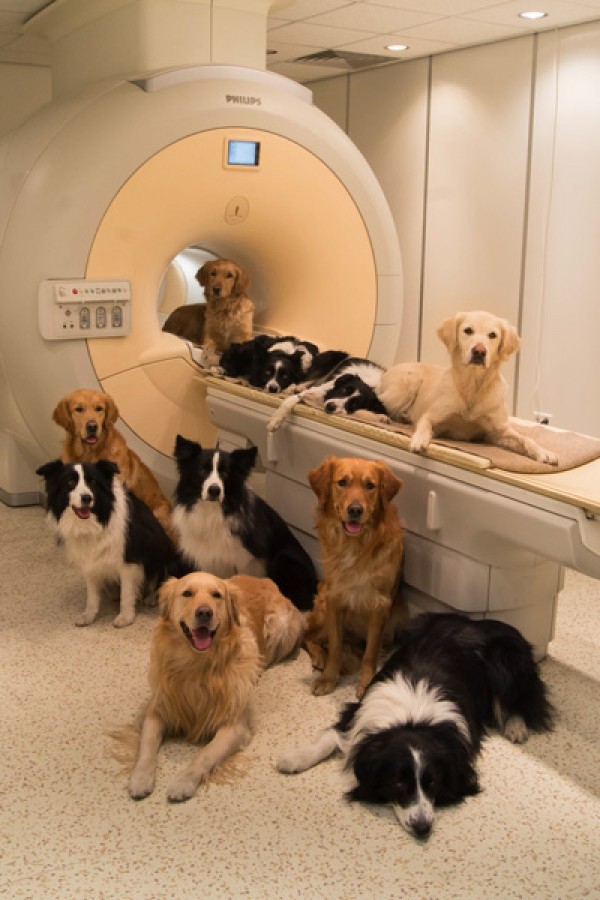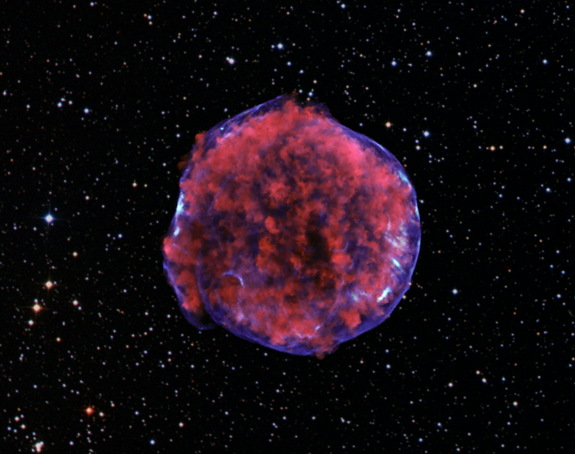OF THE
TIMES

Among never smokers, any passive smoking exposure and most passive smoking categories did not significantly increase lung cancer risk, compared to no passive exposure; however, passive exposure as an adult at home for 30 or more years was associated with increased risk, of borderline significance.
On September 2, 2009, the prestigious journal Nature acknowledged that the regular attacks on biotech researchers are orchestrated by a "large block of scientists who denigrate research by other legitimate scientists in a knee-jerk, partisan, emotional way that is not helpful in advancing knowledge and is outside the ideals of scientific inquiry."
These attacks have all but stopped independent research into the health and environmental side-effects of GMOs. According to University of California at Berkeley professor Ignacio Chapela, there is a de facto ban on scientists "asking certain questions and finding certain results." He says, "It's very hard for us to publish in this field. People are scared."



When we try to pick out anything by itself, we find it hitched to everything else in the Universe.When wolves were reintroduced to Yellowstone National Park in the United States after being absent nearly 70 years, the most remarkable "trophic cascade" occurred. What is a trophic cascade and how exactly do wolves change rivers? George Monbiot explains in this movie remix.
- John Muir
Comment: Smoking Does Not Cause Lung Cancer
Smokers' lungs used in half of transplants: Improves Survival Rate!
Smoking Does Not Cause Lung Cancer (According to WHO/CDC Data)
Air pollution causes lung cancer in non-smokers (erm, can't it cause it in smokers too then?)
Government Suppresses Major Public Health Report
Air pollution leading cause of cancer, World Health Organisation warns
5 Health Benefits of Smoking
'World No Tobacco Day'? Let's All Light Up!